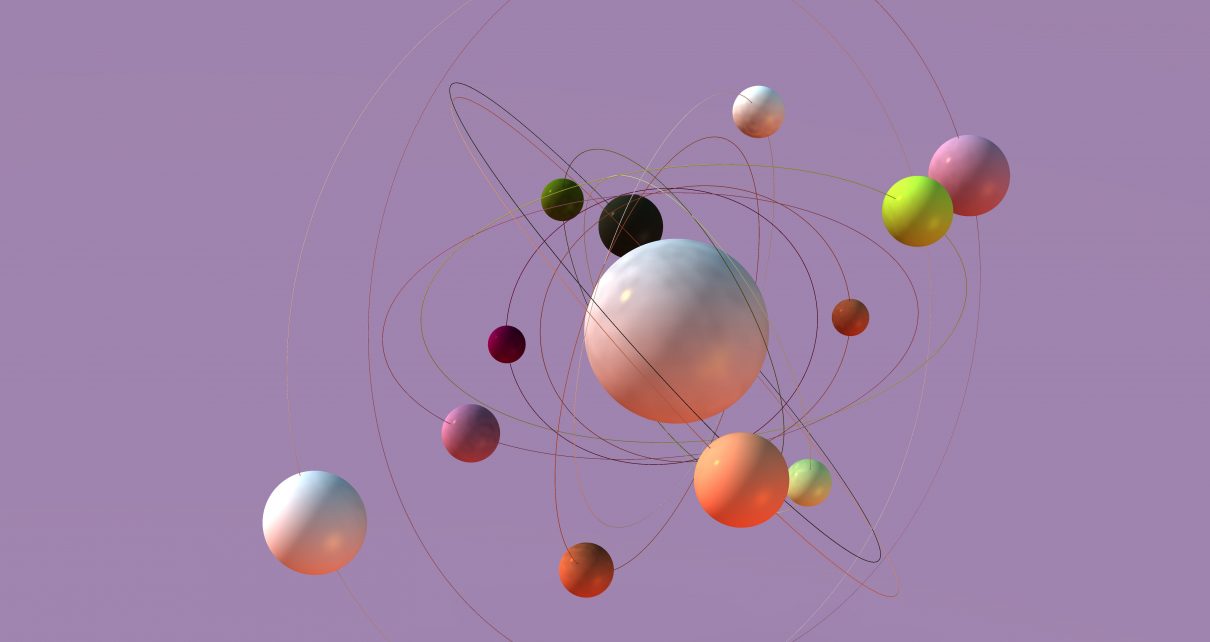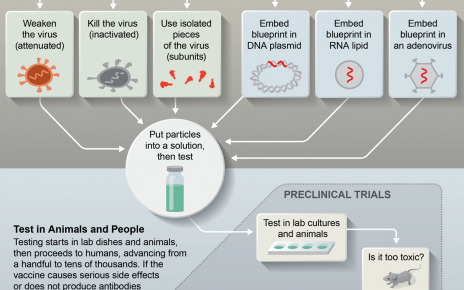Science is supposedly based on evidence, but in reality, for most people, it is based on trust. Scientific evidence is mostly inaccessible. Scientific journals are difficult to obtain and their articles are written in a specialized language that is incomprehensible to all but a few experts in the field. We trust what those experts say about their results without having the ability to question the results themselves. We trust that some knowledgeable person would question them if necessary.
And so, historically, the reputation of individual scientists has been important in facilitating the spread of scientific theories and discoveries. If a scientist is, or can appear to be, trustworthy, so might that scientist’s ideas. That’s why Robert Boyle’s name appears on the reports produced in his 17th-century lab, even though his technicians did the experimental work, took the notes and in some cases even wrote the reports themselves.
This can lead to odd consequences. For example, one of the best ways to appear trustworthy is to already be associated with a popular theory or discovery. Sociologists Robert Merton and Harriet Zuckerman identified how this can result in the “Matthew effect,” a principle derived from Matthew 25:29, “For unto every one that hath shall be given, and he shall have abundance: but from him that hath not shall be taken even that which he hath.” In other words, recognizable scientists receive disproportionate credit, and therefore trust, in a repeating cycle. Those scientists who are unrecognizable, whose names are obscure, have the credit for their work allocated elsewhere; that is, of course, if their work is even appreciated in the first place.
Merton highlighted the consequences of the Matthew Effect in his book The Sociology of Science: “The history of science abounds in instances of basic papers having been written by comparatively unknown scientists, only to be neglected for years. Consider the case of [John James] Waterston, whose classic paper on molecular velocity was rejected by the Royal Society as ‘nothing but nonsense’; or of [Gregor] Mendel, who, deeply disappointed by the lack of response to his historic papers on heredity, refused to publish the results of his further research; or of [Joseph] Fourier, whose classic paper on the propagation of heat had to wait 13 years before being finally published by the French Academy.”
Since recognizable scientists receive disproportionate credit, their names become disproportionately associated with discoveries. Stephen Stigler, a professor of statistics, formulated “Stigler’s law of eponymy” to address this situation. His law states that no scientific discovery is named after its original discoverer. Pythagoras wasn’t the first person to derive the Pythagorean theorem, Edwin Hubble wasn’t the first to formulate Hubble’s law, and so on. Hilariously, Stigler credits Robert Merton with the actual discovery of this law, meaning Stigler’s law follows its own decree.
But in the era of big science, discoveries are seldom made by an individual. The scientific papers that result from massive collaborative projects—some of them bearing hundreds or thousands of “authors”—are effectively anonymous. The record for the number of authors on a single scientific paper is currently 5,154. The paper, a collaboration at CERN to detect the mass of the Higgs boson, spent 24 of its 33 pages listing its authors and their affiliations. Since the authors are listed alphabetically, physicist Georges Aad took the leading spot, as he does on hundreds of other scientific papers (although he was recently dethroned by Morad Aaboud).
Who are these “authors” on big science papers? Historian of science Peter Galison offers a glimpse in his weighty tome Image and Logic. He discusses the author-ascribing and paper-writing process at the D0 proton colliding beam detector at Fermilab. In 1991, the D0 team set criteria for who could legitimately count as an author on its papers. The criteria included time spent on the project, contributions to shift work and contributions to data analysis.
Furthermore, an editorial board composed of project group members actually wrote the papers. The papers were then placed on an electronic bulletin board for criticism and comment by all. Some massive collaborative projects constantly maintain author lists of hundreds of names, which are automatically submitted on every publication. This has prompted certain scientific journals to enact strict guidelines about who is eligible to appear on a byline.
These big science papers are truly global in scope. According to Pia Astone, one of the six literal authors of the paper that announced the first detection of gravitational waves, the group of six never met in person but stayed connected through a teleconference system, which prompted them to joke, “The sun never sets on this paper.”
If we don’t recognize who the thousands of individuals are that make up these big science projects, and if it is so difficult to learn who the literal authors are that present the evidence on their behalf, in whom are we placing our trust? In “science” itself, I would say, regardless of the integrity or rigor of the individual scientists involved; in whoever or whatever organization has the credentials to be regarded as scientific. Our trust has shifted from the individual to the enterprise. Any clickbait news article with a title bearing the words “Science Says” underscores the point. After all, even though science can be elitist, inaccessible and political, it works.
But trusting the enterprise of science itself leads to its own problems. What if someone thinks that someone else is an expert when they aren’t? What if someone trusts someone else, even an expert, who lies? These scenarios open the enterprise of science to abuse. The most blatant display of this abuse is presented in Naomi Oreskes and Erik Conway’s book Merchants of Doubt, where experts and supposed experts use their scientific credibility to obscure the consensus on issues ranging from acid rain to tobacco smoke to global warming. Authorship, then, serves one last function, which in some cases only benefits the historian like me: accountability.



